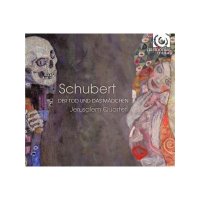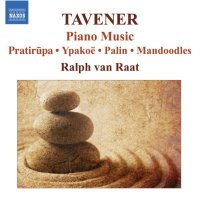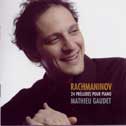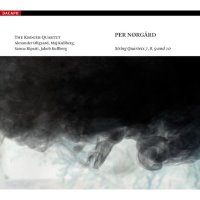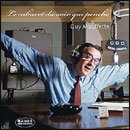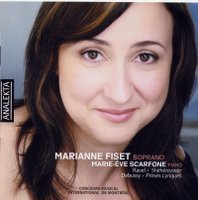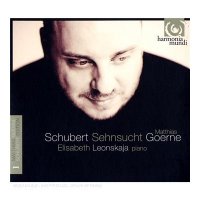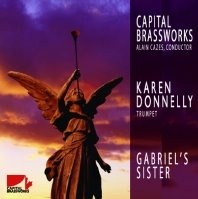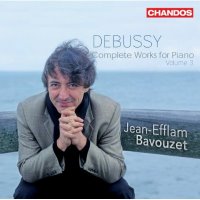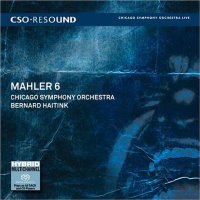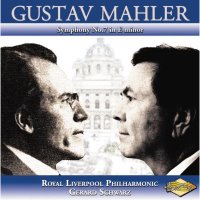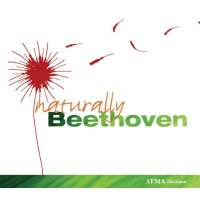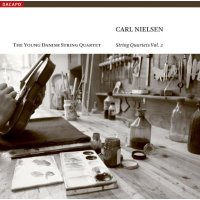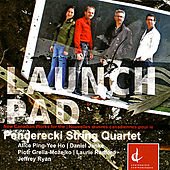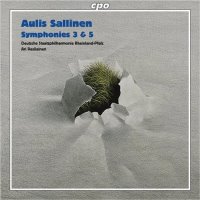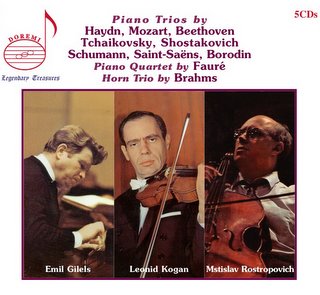Mendelssohn Revisionism on Composer's 200th!

Felix Mendelssohn (1809-1847) or Felix Mendelssohn-Bartholdy as the Germans prefer to call him, was justly celebrated as one of the greatest musical geniuses of his time. He was a child prodigy who attracted the attention of royalty across Europe and was even introduced to Goethe. Everything seemed to come easy to him: playing the piano and conducting at a virtuoso level; composing masterpieces like the Italian Symphony, the Violin Concerto and the oratorio Elijah.
For all his gifts, it may come as a shock to his admirers to learn that Mendelssohn lacked self-confidence. Throughout his life, he was filled with self-doubt and feared that nothing he had accomplished was worth anything at all. In his composing life this insecurity took the form of constant revision. Even after successful premieres, Mendelssohn often made extensive changes before allowing his works to be published. Many pieces he refused to publish at all and simply shoved into a drawer; others he never finished.
Mendelssohn scholar Larry Todd has gone so far as to claim that ‘Mendelssohn never finished 80 percent of the compositions he began.”
As we celebrate Mendelssohn’s life and work this year, it is remarkable how many first versions, revised versions and pieces we scarcely knew existed are being performed for the first time.
Mendelssohn Correspondence Reveals Quest for Approval
Mendelssohn’s letters are full of self-criticism. A letter to his friend and colleague Ignaz Moscheles is typical:
I do feel sometimes as if I should never succeed; and today I am quite dissatisfied with my work, and should just like to write my oratorio [St. Paul] over again from beginning to end. (March 25, 1835)
Even a masterpiece like the Violin Concerto gave him great anxiety. Here is an excerpt from a letter to Ferdinand David, the violinist who gave the first performance:
One important thing that is not clear to me (I really ought to be ashamed that it isn’t) is the pizzicato accents in the theme of the adagio. I originally intended to write it this way but later was dissuaded from doing it; I do not know why. Actually the problem is NOT how the pizzicato sounds because that I know, but how it sounds together with the coll’arco of the basses and the solo violin. Will these accents not bring about a confused effect through the alternating of coll’arco and pizzicato in such a combination? Pray, let Gade have a look at this phrase in the score, and let me know his opinion of it. Do not laugh at me too much, I feel ashamed in any case, but I cannot help it; I am just groping around. (December 17, 1844)
In fact, David responded with a number of suggestions which Mendelssohn incorporated into the final version of the concerto. Mendelssohn’s original version only recently became available to record collectors on a recording by British violinist Daniel Hope (DG 477 6634).
New Recording Features early Versions of Mendelssohn Classics
One of the most fascinating recordings released in this Mendelssohn year is one called Mendelssohn Discoveries (Decca 478 1525). It contains the London version (1842) of the Scottish symphony, the Rome version (1830) of the Hebrides overture, and a reconstruction and completion of the Piano Concerto No. 3. All three works feature the Leipzig Gewandhaus Orchestra – the orchestra of which Mendelssohn himself was music director – conducted by Riccardo Chailly, and Roberto Prosseda is the soloist in the concerto.
In the orchestral works, there are passages here and there which Mendelssohn either eliminated or altered later, in their final versions. These final versions are obviously more familiar to us, and, in my opinion, are also improvements over the earlier ones; this observation notwithstanding, it is always interesting – at least to scholars and music students – to examine the full body of any major composer's work, in order to gain some insight into their creative process.
Piano Concerto No. 3 More Bufalini Than Mendelssohn
The Piano Concerto No. 3 is a far different case. There is no final version - there are only fragments of musical ideas.The first two movements of the piece exist in short score – or a piano reduction – with “occasional instrumental indications”, according to Marcello Bufalini, the conductor/composer who did the present “reconstruction and completion.”
Mendelssohn left us eleven bars of full score for the first movement of his Piano Concerto No. 3. He left us even fewer for the finale - only the first five bars in any form at all. Was he happy with these beginnings? We know that he continually revised all his compositions, so was this the work he wanted the world to hear? The fact is that though Mendelssohn was in his prime when he was composing this concerto, he himself chose not to complete it.
Having decided that a "reconstruction and completion" of the Piano Concerto No. 3 was justified, Bufalini's task was monumental. He had to orchestrate the first two movements of the concerto, and write a third - virtually from scratch.
All these challenges considered, to my mind, this is not a work by Mendelssohn. It is a work based on sketches by Mendelssohn, which is a very different thing. It clearly owes more to Bufalini than to Mendelssohn.
Nevertheless, everyone involved in this project deserves credit for venturing into uncharted territory in the pursuit of hidden treasures.
Musicologist Larry Todd Gives Piano Concerto No. 3 a Go!
Earlier in this article, I mentioned the musicologist Larry Todd. He too has come out with an orchestration of the first two movements of the Piano Concerto No. 3 and a controversial solution for the missing third movement. He simply inserted the last movement of the Violin Concerto and transcribed the solo violin part for piano. Todd’s justification was that the sketches for the first two movements of the Piano Concerto No. 3 are from the same period as the Violin Concerto, and that “there are many thematic similarities.”
Kudos to Todd for his assertion that “this project is my playful attempt, as a musicologist, to shed some light on the creative process.” The premiere of the Todd version of the Piano Concerto No. 3 was given last year and a recording is available featuring pianist Matthias Kirschnereit (Sony Arte Nova).
Revisionism Remains Questionable Activity for Some
These attempts to “reconstruct and complete” Mendelssohn’s Piano Concerto No. 3 are reminiscent of the attempts made by Deryck Cooke to create a performing edition for Mahler’s Symphony No. 10 based on the composer’s sketches.
Musicologists and conductors are still divided as to whether Cooke’s work was valuable or misguided. Some conductors – Leonard Bernstein, for example – would only perform the first movement because it was the only movement completed by Mahler. Others such as Simon Rattle wholeheartedly embrace the Cooke edition.
For listeners wishing to probe further into the subject of the various versions of Mendelssohn’s symphonies, I highly recommend a 1998 recording by John Eliot Gardiner and the Vienna Philharmonic (DG 289 459 156-2).
This cd contains wonderful performances of the Fourth (“Italian”) and Fifth (“Reformation”) symphonies, but also a later version (1834) of the last three movements of the “Italian” symphony.
The notes in the CD booklet are by the ubiquitous Professor Todd, who tells us, among other things, that after the premiere of the “Italian” symphony in England, Mendelssohn left the score behind when he returned to Germany; thus, when he later set about revising the work, he was doing it from memory!
The changes Mendelssohn made are mostly concerned with orchestration, but in the finale, he altered the structure of the movement, making it longer. Is the revised version better? Hard to say. But at least we can hear both versions for ourselves.
Mendelssohn or Mendelssohn-Bartholdy? Which is Correct?
It wasn't easy being a Jew in Nineteenth Century Germany. Discrimination was rampant long before Wagner’s anti-semitic tirades, and later still, grew into the monstrous genocidal practices of the Third Reich.
Like many others, Mendelssohn’s mother’s brother tried to hide his Jewishness by converting to Christianity and changing his name from Salomon to Bartholdy. By all accounts he was a disagreeable, controlling character and made it his business to demand that his sister’s family follow his example in matters of religion. Finally, after years of badgering, they gave in and embraced Christianity.
Felix was baptized at the age of seven and his parents followed suit six years later. At that time the Mendelssohn family also changed their name and became known as Mendelssohn Bartholdy or Mendelssohn-Bartholdy. For the record, the composer's signature was ‘Mendelssohn Bartholdy.’
Paul E. Robinson is the author of Herbert von Karajan: the Maestro as Superstar, and Sir Georg Solti: His Life and Music, both available at Amazon.com.
Labels: classical CDs, Felix Mendelssohn, Larry Todd, Marcello Bufalini, Mendelssohn 200th anniversary Roberto Prosseda, Riccardo Chailly, Vienna Philharmonic
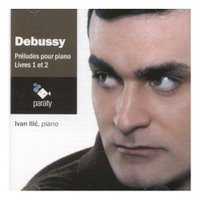 Ivan Ilić, piano
Ivan Ilić, piano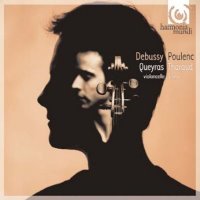
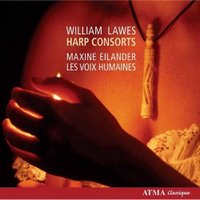
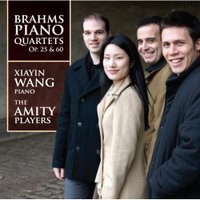
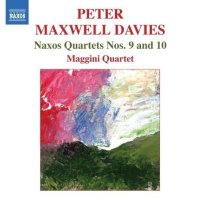
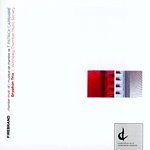
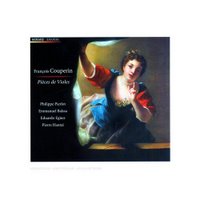
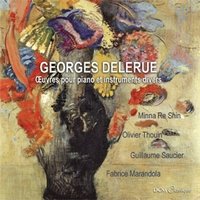
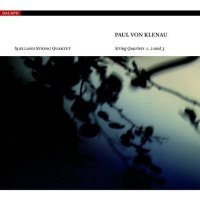
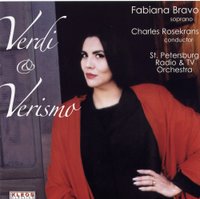
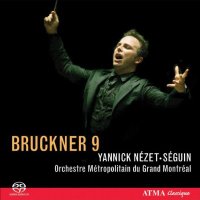
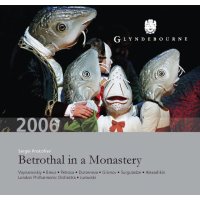
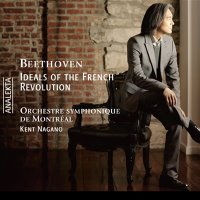

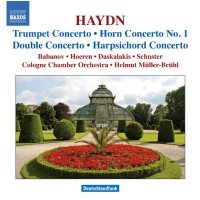
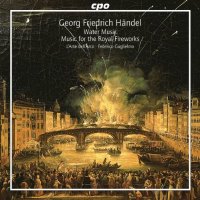
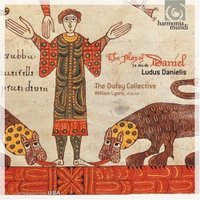

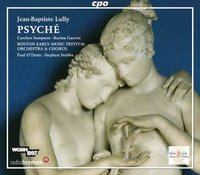
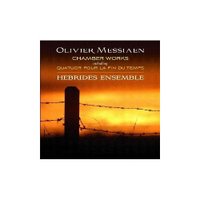 Hebrides Ensemble
Hebrides Ensemble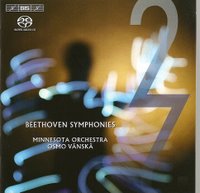
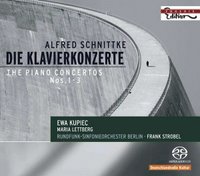
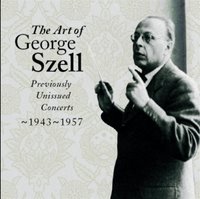
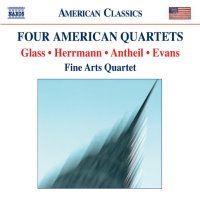
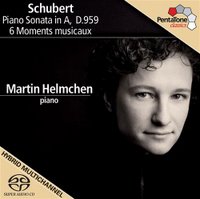
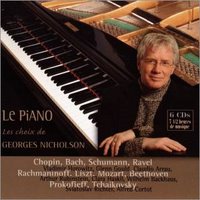 Horowitz; Gould; Arrau; Rubenstein; Haskil; Backhaus; Richter; Cortot
Horowitz; Gould; Arrau; Rubenstein; Haskil; Backhaus; Richter; Cortot